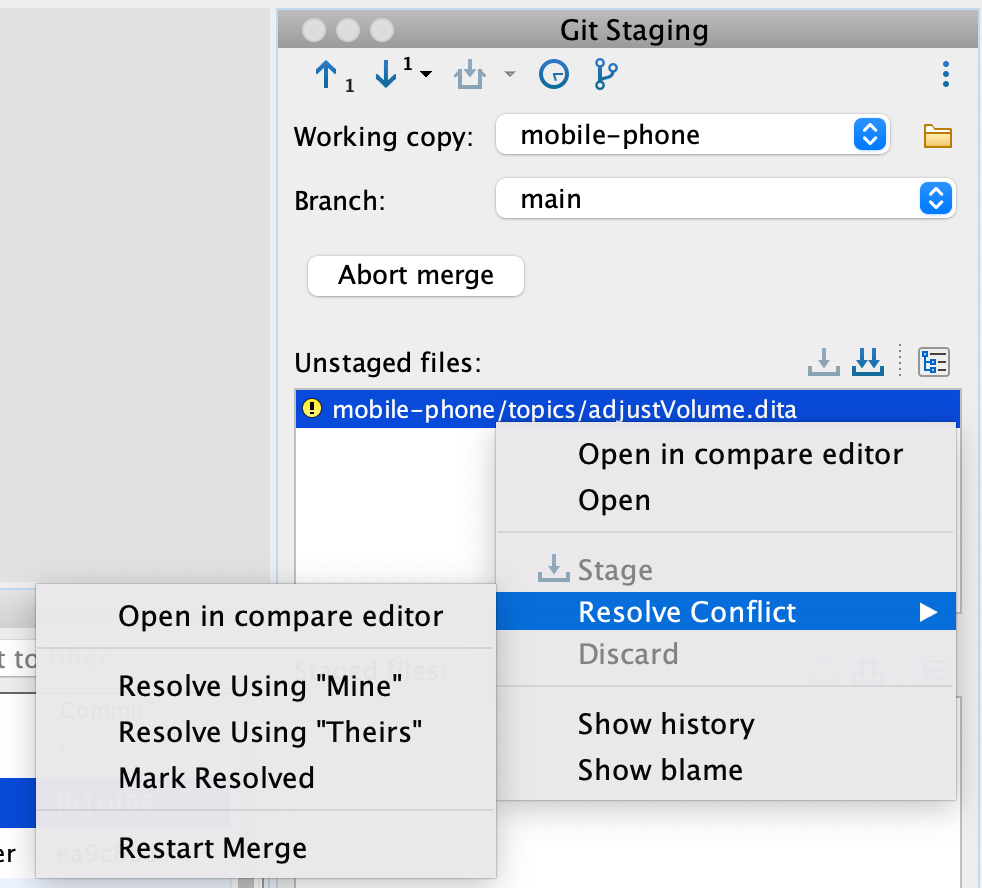Typical Editing Session
Read time: 3 minute(s)
Usually, an editing session has the following stages that are repeated throughout the day:
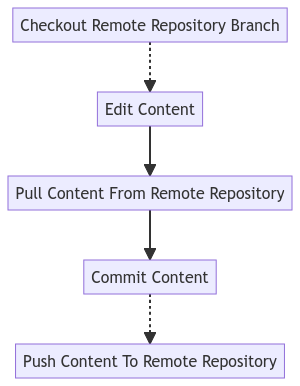
- Clone/Checkout Branch From Remote Repository - Checkout a branch from the remote
repository on which you want to work. Usually done only once.

- Edit Content - The project is edited and modified in the current working copy.
- Commit Content - Commit the changes to the local working copy.
- Pull Content From Remote Repository - Obtain the latest content for the edited project branch.
- Push Content To Remote Repository - From time to time, push the commits to the remote repository so that others can use them as well. You must always pull content from the repository before pushing to it, otherwise the pull will fail.
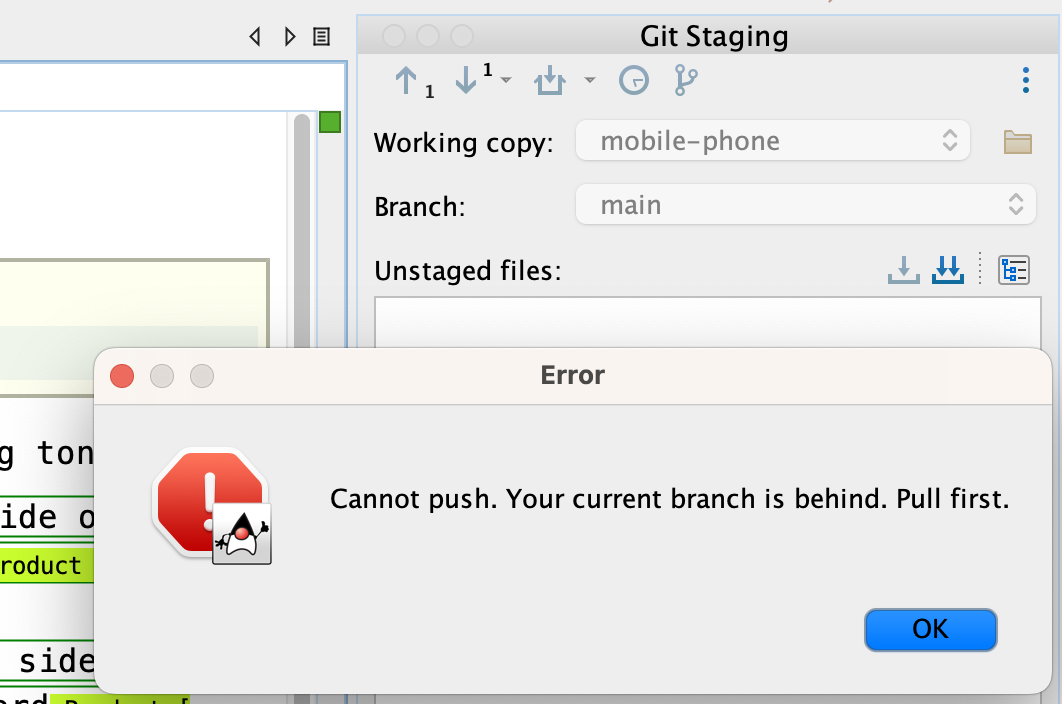
Commit Message
Each commit has a commit message. The commit message is in general a brief description of the changes. When using a ticketing system, as a best practice the commit message contains the ID of the ticket.
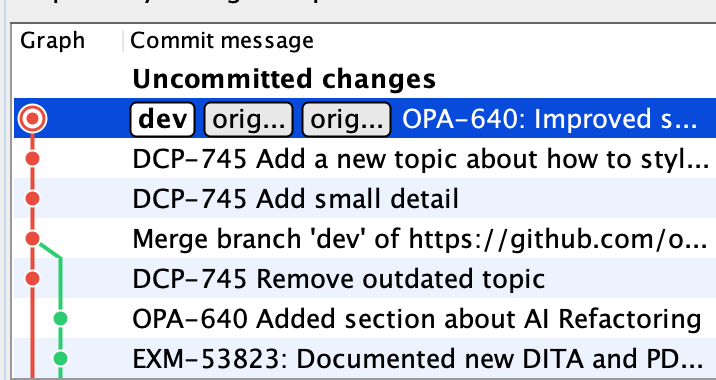
Micro Commits
Commit often, whenever a small change in the documentation is beneficial and makes
sense by itself. Useful links: https://stackoverflow.blog/2022/12/19/use-git-tactically/
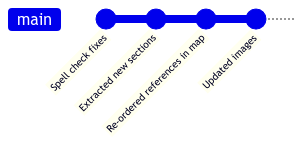

Handling Simple Conflicts
Conflicts are usually caused by trying to push changes made to resources that, in the
meantime, have been modified by others on the remote repository. Conflicts normally
occur when working with Git, they can be resolved and they are not a sign that
anyone did anything wrong.
- If changes are made to text files on different lines, the conflicts are automatically merged.
-
If the conflicting changes are on the same lines, you can resolve the conflict.
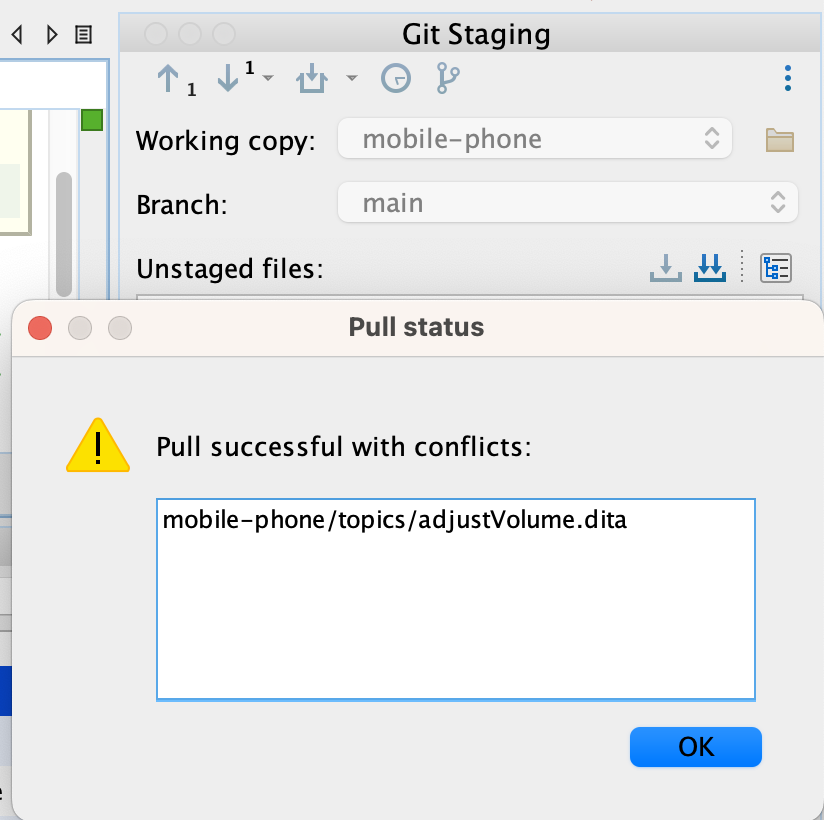
The conflict can be resolved by keeping your version, or the version of the remote collaborator, or by manual merging:
